Hedera Hashgraph (HBAR) is soaring today, as it has soared by more than 17% to $0.1989 following the historic launch of the Canary HBAR ETF on Nasdaq.
As the third cryptocurrency to win a U.S.-listed spot ETF after Bitcoin and Ethereum, HBAR is bringing enterprise blockchain to Wall Street, and huge inflows of institutions are rushing into an unstable market. As the trading volumes shot 328% higher and the integration of stablecoins increases, the entire news of the explosive Hedera news of today is given.
HBAR Price Explodes to $ 0.1989 in ETF Breakout
HBAR was trading at a 10.75% premium, 0.1989 at the end of the day, when Bitcoin was down 1.68%. Immediate highs were at $0.2191, breaking through the 0.206 resistance level and then dropping more than above 0.197 on selling. The October corrections were offset by weekly gains, and at the end of November, the support is at $0.18,6 and the bulls are aiming at having the price at $0.266.
On-chain momentum cannot be denied: Whales accumulated significantly, RSI increased to 58 out of the oversold areas, and a symmetrical triangle breakout is an indicator of 45.5% growth to $0.305 quarterly highs.
According to analysts, annual highs of 0.4014 will happen should ETF inflows replicate BTC/ETH trends, which inflated 72 per cent in the months following approval. With the market in a fear-based downturn, the HBAR has resiliency that shouts the underestimation of enterprise-level utility.
Canary HBAR ETF Launches on Nasdaq: First Spot Altcoin Fund Launches
The bombshell: HBAR ETF (ticker: HBR) by Canary Capital was launched on October 28, and it keeps real HBAR in custody with BitGo and Coinbase. It was approved through the SEC generic standards in mid-September, during a U. S. government shutdown, bypassing the time-consuming reviews, making it an HBAR an institutional-grade asset.
This licensed car will allow RIAs, pensions and hedge funds to be spot exposed with no wallets – a Hedera Governing Council member game-changer of Google, IBM and Boeing. The trade began with Litecoin and Solana ETFs, and the volume of HBAR surged to $1.17 billion. Celebrating Hedera Foundation: In 19M+ cryptos on CoinMarketCap, Canary picked HBAR because of its scalability and compliance.
Stablecoin Boom: USDC Live on Bybit, Supply Increases 91.7%
USDC is now native on Bybit to Hedera users, alongside Binance, Crypto.com, and Gate.io (USDC supply increased 91.7% to $181 million; DEX volumes were at $64.4 million), and Q3 volume goes down 40% MoM.
Hedera remittances and payments kill competitors with its fixed fee of 0.0001 and 10,000TPS. On the one hand, the future of the CCTP V2 integration of Circle promises smooth bridging. Worldpay and UNDP enterprise pilots point to the practical rails with billions of tokenised assets.
Partnerships and Upgrades of Networks Celerate Uptake
The ecosystem is flourishing in Hedera: AI Studio is growing with decentralised agents, and NVIDIA integrations improve the performance 400,000x. PwC uses carbon tracking with Guardian, and Archax turns BlackRock/Aberdeen MMFs into pool tokens, making collateralised FX settlements such as those achieved by Lloyds.
At the time of dip (down 55% since highs of $396 million), DeFi TVL has dropped to $179 million, with SaucerSwap (64.6 million) and Stader dominating. Staking dropped to 28% of supply, compared with 42 back in June, but revenue and transactions recovered. The HBAR presents as a CBDC framework because of ISO 20022 compliance with the Central Bank of Nigeria through Emtech.
Technical Outlook: $0.5 in 2025, $1.70 by 2030?
Charts appear optimistic: Bullish: Break the resistance of 0.30, Wave 3 to hit 0.50 by the end of the year. On 5% CAGR, Elliott patterns put the eye at $0.95 lows to 1.70 highs in 2030. The ratio signalling of TVL/price value represents extreme underpricing with an influx of liquidity into ETFs.
Bear risks: Below $0.170 disintegration to $0.15 in case of increasing profit-taking. However, on-chain growth – 708,500 daily transactions (+ 25.8% QoQ) – is upside-leaning. Consensus: $0.222 max in 2025, $0.266in November.
Why Hedera is 2025’s Institutional Powerhouse
The day that HBAR entered history, October 29, 2025: NASDAQ ETF, stablecoin boom, and enterprise upgrades drive it out of retail mania. Low-carbon, low-FT, and operated by titans, Hedera is offering 10K+ TPS to RWAs, DeFi, and AI – no ghost chain here.
With the index of altcoin season reaching 28, the asymmetric gains of the HBAR are in the 10.4 billion of its FDV. The ETF does not end, but it is the spark of the fire. Bulls are loading – the enterprise revolution takes place now.

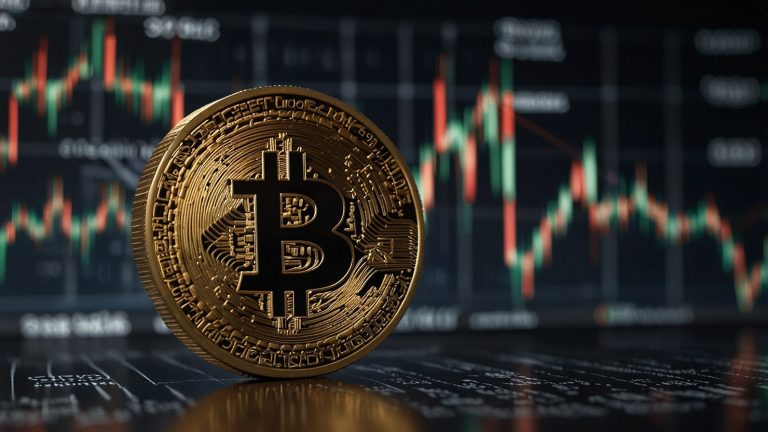


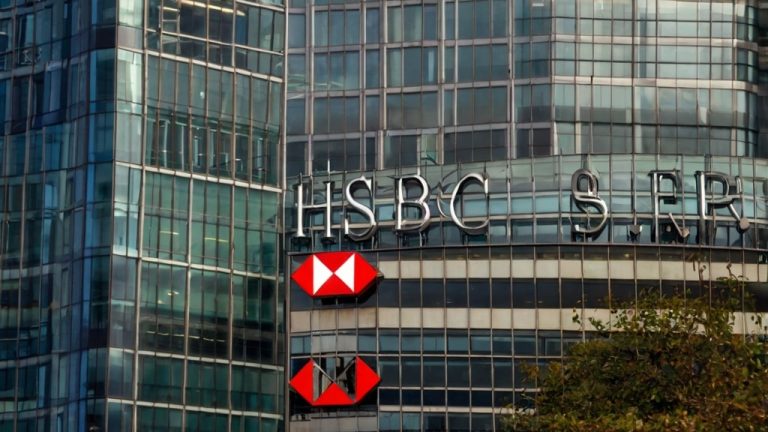
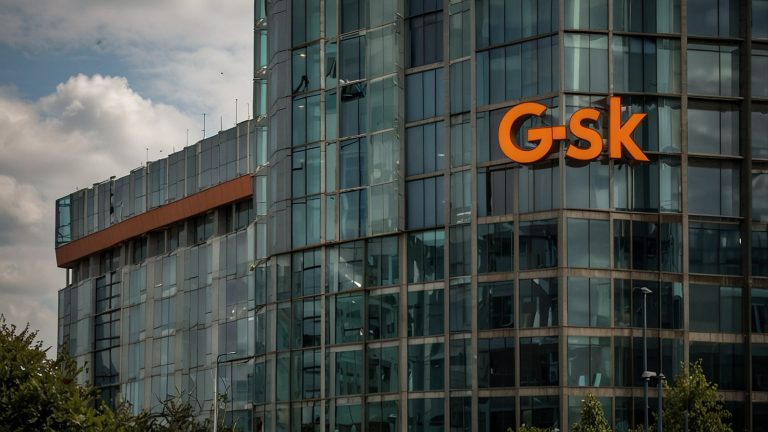
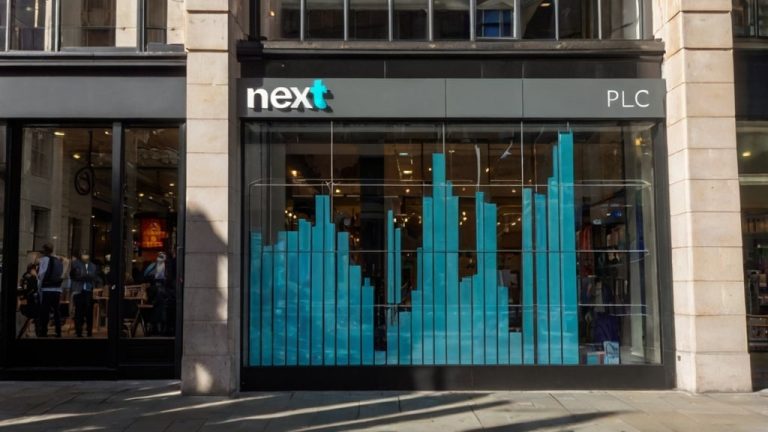

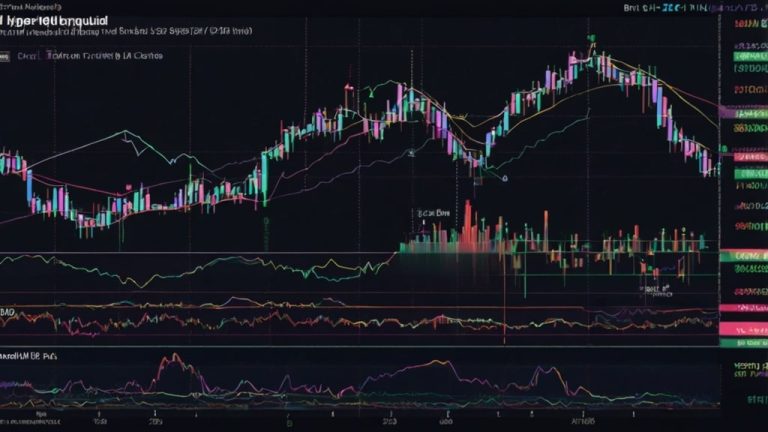
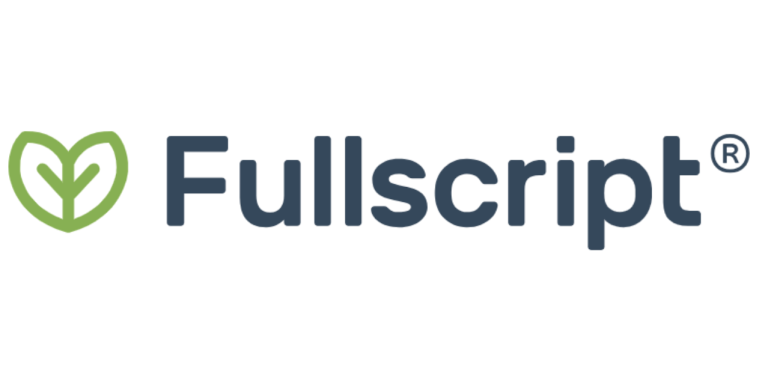


 Bitcoin
Bitcoin  Ethereum
Ethereum  Tether
Tether  XRP
XRP  USDC
USDC  Lido Staked Ether
Lido Staked Ether  TRON
TRON  Cardano
Cardano  Avalanche
Avalanche  Toncoin
Toncoin  Wrapped SOL
Wrapped SOL